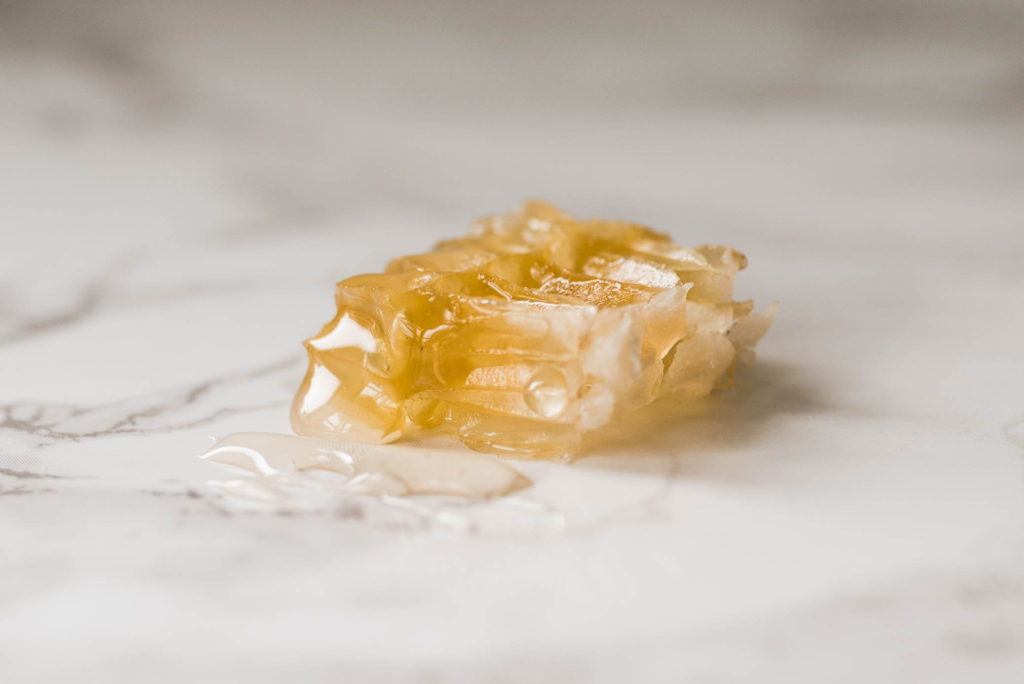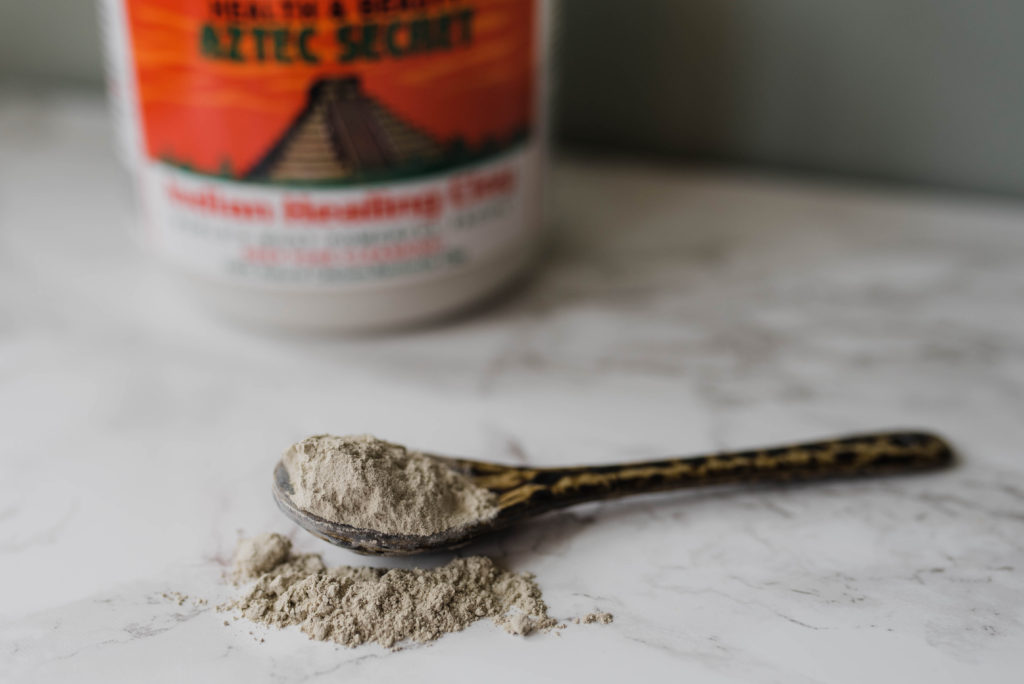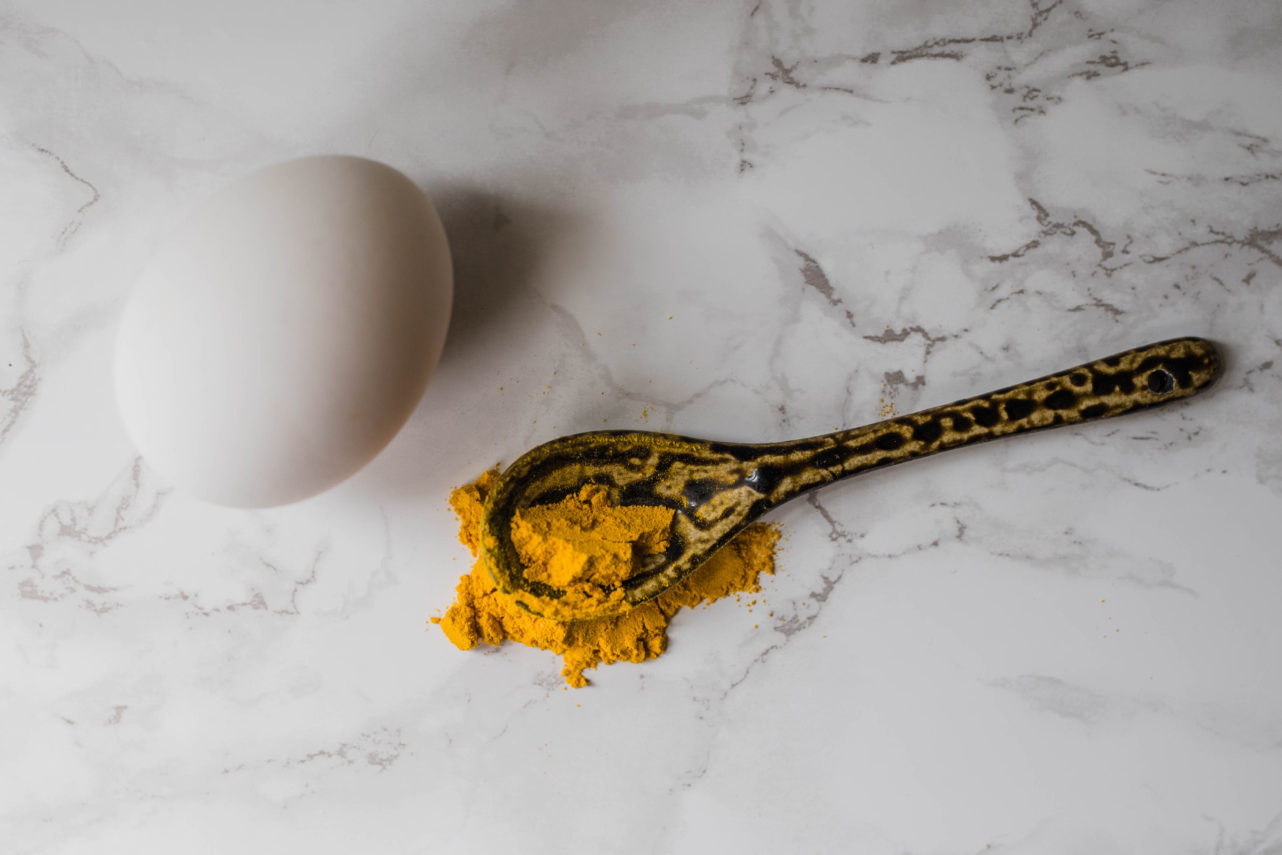I was the girl at every sleepover that begged to do face masks. Most of my friends at the time grimaced at the idea of slathering mashed bananas and oatmeal all over their face, but when they saw my eyes light up with joy at the mere idea, I quickly sold them on our bonding exercise.
By age 14, I finally had my own laptop and I would spend hours scouring the internet for face masks I could make with the zero dollars I had and whatever pantry items we had in our house. I don’t posit to know everything, but below you’ll find what’s worked wonders for me over the years for when the recommended masks on Into the Gloss just don’t fit my budget. A girl loves a single ingredient mask.
As always, before trying out these ingredients, test them on a small of patch of skin to see if any irritation occurs.
Manuka Honey
Manuka honey is the byproduct of bees who pollinate the tea tree. Before slathering Manuka honey on your face, be sure to source it from either a local apiary (check out one of our many local farmers markets!) or a trusted brand that sells pure honey. My personal favorite is the $8.99 Trader Joe’s brand Manuka Honey.
Apply for 10 to 30 minutes (however long you have is fine) as a single ingredient mask and wash off with warm water. There’s no stickiness involved during the cleansing process, and you’ll find your dry patches much improved, your flakiness has vanished and you have the kind of glow you can only get by having mind blowing sex without having to actually verbalize your needs to another person.

Activated Charcoal and Rosewater
I call on activated charcoal on the days I plan to wash my sheets, to wear no clothes, to touch nothing—so let’s just say bi-weekly. By far the messiest of my recommendations, activated charcoal will dye everything near it a chalky black, but if you’ve ever watched a Facebook or an Instagram ad of one of those black peel off masks only to buy it and be disappointed, this is what they were ripping off. Activated charcoal will absorb any oils in its wake, clear up cluster break ups in a fraction of the time and if you’ve picked at any of your pores prior to application, it will X-mark that spot.
As far as activated charcoal is concerned, buy in bulk anywhere you can, it’s cheap as hell, but my go-to is Nature’s Way Activated Charcoal capsules, available anywhere you’d find regular supplements. I break them up, trying very hard not to get it everywhere and I fail every time. It’s fine to mix it with just regular water if that’s more your style, but I’ve always been a bit of an overachiever so I elect to use rosewater.
If you don’t want to make your own, I love Mario Badescu’s Rosewater Spray with Aloe and Herbs but many people prefer Heritage Store’s Rosewater Spray (a cheaper and larger alternative) because it doesn’t contain glycerin which many people find to be irritating. Locally you can find Rosewater from the honey vendor at the Rittenhouse Farmers Market on Saturdays.
If you choose to make your own rosewater, be sure to source rose petals that weren’t sprayed with any kind of pesticides. Add the petals to a large pot with enough water to just barely cover them and simmer (covered) until the petals lose their color. Your kitchen will smell like your great aunt. Allow the mixture to cool completely before straining through a cheesecloth or nut bag. Add to a spray bottle and mist your face whenever you need a splash of moisture. I like to keep it in the refrigerator, especially in the summertime.
For your charcoal mask, mix at a 1:1 ratio and leave on for no more than 20 minutes.
Jojoba Oil, Rosehip Oil, Sweet Almond Oil
“In 2018, moisturizers are far too expensive for everyday use,” says my wallet, especially when my abuse of spot treatment promotes extra flakiness in the water. Abandon the faux-wisdom that oils will clog your pores, ruin your life, steal your credit and make you feel weird. Oils won’t save you, but they will keep you in one piece. Sometime last year or maybe the year before that coconut oil hit the scene and everyone and their mother rushed to the stores to buy a jar of virgin coconut oil for every room in the house and then they noticed they were breaking out.
“It can’t be the coconut oil!” they yelled and soon after they learned it was the coconut oil. Desperate to find something that provided the same results sans-comedogenic properties, I found my new favorites in jojoba oil, rosehip oil and almond oil.
Jojoba oil is most like the oils that are produced naturally on the face and that’s all there is to it. If you need a light moisturizer that absorbs fast, look no further than Trader Joe’s brand Jojoba Oil for $7.99.
Rosehip oil is of the dryer variety, and it’s more expensive, but squeezed from the “hips”—or seeds—of rose plants, it provides similar benefits to rosewater in that it tones, tightens and deals with texture issues on the face. Rich in Vitamins D & A, it’s perfect for that glow that only the sun can provide and it can penetrate deep in the skin with its teeny tiny molecules. I have yet to find the perfect one for my needs, but I’ve been playing with Acure Rosehip Oil ($12.99) from Whole Foods and it hasn’t done me wrong yet.
Sweet Almond oil is the thickest of them all, so I tend to mix it with jojoba oil for faster absorption. You can find organic options at Whole Foods in the beauty aisle.
Turmeric and Egg Whites
If I said, activated charcoal is the messiest of all my suggestions, I fibbed because I forgot about turmeric. This turmeric and egg whites mask will dye anything in its wake, including your porcelain sink, a faint mustard yellow. Do this on a day you don’t intend to be seen right away because even your face will have a faint mustard glow.
Turmeric will help if you’re prone to breakouts and it’s my go-to heavy duty spot treatment when I’m low on my Mario Badescu Drying Lotion. Turmeric is likely something you already have in your cabinet, but on the off chance that you don’t, any of my aforementioned stores will have excellent deals on bulk turmeric for your masking needs.
Mix one or two egg whites (your mileage may vary depending on the size of egg you use) and one tablespoon of sifted turmeric to avoid clumps and apply to your face as needed. It will keep for up to two weeks in the fridge if needed. Leave on for 10-15 minutes before rinsing with warm water and following up with an oil of your choice.

Multani Mitti, Aztec Secret Indian Healing Clay
Saving the best for last, we have our clay masks. Stopping every clogged pore from coming to a head, sucking out the deepest felt cystic pimples and the most stubborn of oily faces, Multani Mitti and Indian Aztec Clay will save you. They won’t fix your credit or house hunt for you, of course, but if your skin looks great you’re only one step away from investing in other more tangible facets of your self-care. While there’s no need to own both, I do.
In my experience Multani Mitti is the cheaper alternative but offers nothing by one of compromise—it will perform to the same caliber as the Aztec Secret Indian Healing Clay and you can find it in any number of Philadelphia herbal stores including but not limited to the Herbiary and the Head Nut. At roughly $4/lb, you can’t go wrong. Just buy it so you have it on hand and finally you will cease to fall victim to your skin.
I most often buy my Aztec Secret Indian Healing Clay on Amazon for $6/lb and combined with my other masks, I only have to buy it twice a year. Name one other part of your beauty regime that costs you $12/year … I’ll wait. Mix at a 1:1 ratio but be stingy with the water at first, humidity will alter the recipe so if you have one on hand, use a dropper to add the water to the clay in a small bowl. Stir until you get your desired consistency. In the winter months, I like to add a few drops of jojoba oil to my clay masks in the winter because …. Dryness.

